Security guards have to do many things.
|
Tourists visit Hue Royal Antiquities Museum - Photo: Thuan Hoa |
It has been 5 months since the tomb of Lord Nguyen Phuc Khoat - in Long Ho ward, Phu Xuan district, Hue city - was dug up, and authorities are still searching for the perpetrators. On January 5, security guards of the Hue Monuments Conservation Center discovered signs of digging up the tomb of Lord Nguyen Phuc Khoat. During the war, this tomb was once dug up by thieves looking for gold, silver, and jewels buried with the dead. In 1980, the tomb of Empress Dowager Tu Du was dug up; in 1990, the tomb of Lord Nguyen Phuc Chu's mother and the tomb of Lord Nguyen Phuc Khoat's wife were also dug up.
In addition to the tombs of kings and their relatives, some precious artifacts in Hue City have also been written and painted by tourists and locals, such as the large bell (dai hong chung) at Thien Mu Pagoda, Huong Long Ward, Phu Xuan District - an important religious instrument cast by Lord Nguyen Phuc Chu (1691-1725) in 1710 to offer to Buddha, expressing the wish for favorable weather, peace for the country, and stability for the people.
Most recently, at noon on May 24, when entering Thai Hoa Palace, Ho Van Phuong Tam - 45 years old, residing in Huong Long Ward, Phu Xuan District, Hue City - shouted and broke the left-hand side of the throne. The national treasure was broken in broad daylight without the security forces being able to react in time, showing the loopholes in the work of preserving and protecting heritage.
On May 25, the Government Office requested to rectify and handle related groups and individuals.
Mr. Hoang Viet Trung - Director of the Hue Monuments Conservation Center - said that there have been incidents of weapons being used to cause chaos in the Hue Monuments Complex. In this incident, the security forces acted cautiously because the subject Ho Van Phuong Tam showed unusual behavior. Previously, security guards at the relic sites in Hue were equipped with electric batons to perform their duties, but they were later withdrawn. The Center is developing a training plan on how to use them to get approval for the electric batons.
He said that the center has a total of about 140 guards to protect the relics containing national treasures. Non-essential areas (without artifacts or antiquities) will be contracted and taken care of by security service units. The center's security guards not only protect the artifacts but also guide visitors, clean the relics and support when the center organizes events. Due to the large workload, it is difficult for the guards to avoid making mistakes.
Filling the gap in the protection of antiquities
After the invasion of the throne in Thai Hoa Palace, the Hue Monuments Conservation Center has increased surveillance cameras and consulted new solutions from technology companies to better preserve national treasures at tourist attractions in the Hue Monuments Complex. One of the solutions being researched is to set up a “virtual fence” system using artificial intelligence (AI). This system will automatically issue a warning if someone enters an unauthorized area.
|
The tomb of Lord Nguyen Phuc Khoat shows signs of being dug up in January 2025 - Photo: Thuan Hoa |
Regarding the proposal to place treasures such as the throne in a glass cabinet for protection, and only bring specimens to serve the public, Mr. Hoang Viet Trung commented: "This idea has been commented on by many researchers, people, and tourists, however, the center finds that covering it will affect the heritage space. For example, in Thai Hoa Palace, if a 1.8m high fence is built to protect the throne, it will destroy the original state and spatial value of the palace."
Mr. Ngo Van Minh - Director of Hue Royal Antiquities Museum - informed that the museum is managing more than 11,000 artifacts, of which 12 artifacts and sets of artifacts are recognized as national treasures. Nearly 1,000 artifacts are on display for visitors, the rest are kept in storage. "After this unfortunate incident, we are working with the Hue Monuments Conservation Center to review all the treasures on display to evaluate and propose more suitable protection plans," he said.
The incident of the throne being vandalized is a lesson for cultural management agencies in other provinces and cities to pay more attention to the security of relics and the safety of antiquities. For a long time, when visiting the Ho Chi Minh City Museum of History, the War Remnants Museum, and the Southern Women's Museum (Ho Chi Minh City), after purchasing tickets, visitors are free to go to the areas displaying artifacts. Security forces will monitor visitors via cameras, and tour guides will also remind visitors if they have inappropriate behavior.
A representative of a museum in Ho Chi Minh City said that compared to the large space of the museum, the security force is quite thin. If there were similar situations like the recent destruction of the Nguyen Dynasty throne, the security force might also be confused. However, from now on, the museum will pay more attention to museum security and the safety of artifacts.
In Vietnam, the destruction of heritage is not a new thing. From the restoration and conservation of relics to the protection of artifacts, there are shortcomings that need to be improved. Over the years, researchers, collectors, and individuals interested in cultural heritage and historical relics have been startled many times by the "unique" restoration and embellishment of relics. The protection of relics and treasures is also lax. Without effective solutions, these unfortunate incidents will continue.
Lawyer Nguyen Van Hau - Vice President of the Ho Chi Minh City Bar Association - said that a forensic psychiatric examination is needed to determine whether Ho Van Phuong Tam committed the act of destroying the Nguyen Dynasty throne while he was mentally ill or sane. If he was mentally ill, he would not be held criminally responsible but would still have to compensate for damages according to the provisions of Article 586 of the 2015 Civil Code; if he was sane, he would be prosecuted according to the provisions of the 2015 Penal Code (amended and supplemented in 2017) for the crime of destroying or intentionally damaging property that is a national treasure and could be imprisoned for 2-7 years. |
Many cases of damage to treasures and heritage In 2019, the painting Spring Garden of Central, South and North by famous painter Nguyen Gia Tri was severely damaged after being cleaned. The cause of the damage was that the Ho Chi Minh City Museum of Fine Arts assigned the task of cleaning the work to someone without expertise or experience in heritage conservation. This person used dishwashing liquid, talcum powder, and sandpaper to clean the painting - which was recognized as a national treasure in 2013.
Prioritize budget allocation for heritage management and protection During the eighth session in 2024, the 15th National Assembly passed the Law on Cultural Heritage (supplements and amendments), which will take effect from July 1, 2025. The new law consists of 9 chapters and 95 articles, an increase of 2 chapters and 22 articles compared to the current law (7 chapters and 73 articles). The new law has specified resources for heritage protection, prioritizing the allocation of the state budget for the management, protection and promotion of cultural values and cultural heritage. In chapter 7, the law stipulates financial resources for the protection and promotion of cultural heritage values from the state budget, socialized sources and the cultural heritage conservation fund. This fund will be formed on the basis of aid, sponsorship, donations and gifts from domestic and foreign organizations and individuals. The law also stipulates that the state budget will be used to support artisans, owners of intangible cultural heritage, people directly looking after historical and cultural relics, and individuals who own documentary heritage listed by UNESCO. The support is intended to encourage individuals to preserve and protect relics from acts of vandalism and loss of heritage. The new law also clearly stipulates prohibited acts, serving as a basis for guiding implementation, inspection, and handling of violations in the protection and promotion of heritage values. The law stipulates 13 prohibited acts, adding 7 articles compared to the 2001 Law on Cultural Heritage. The law also adds regulations on the management, protection, and promotion of ranked relics and scenic spots. Opinion: Need to coordinate to preserve national treasures Local authorities at all levels must have a strategy for assigning tasks and coordinating to better preserve and protect heritage. The system of national treasures that has been recognized in Vietnam requires the cooperation of all levels, sectors and especially the people. Each person must be aware of protecting relics, must promptly intervene and speak up when seeing relics being violated. The relics of the ancient capital of Hue cannot depend on luck or on the sense of responsibility of each individual. To protect heritage effectively, it is necessary to apply a comprehensive security strategy, starting with a thorough assessment of the risks of location, type of artifacts and precedents of destruction to develop a suitable plan. In places where there are relics and treasures, there must be guards. For example, at Thai Hoa Palace in Hue Imperial City, instead of just having regular guards, inside, guards can be arranged to wear the correct uniform of Nguyen Dynasty guards, holding (restored) weapons as in history. That is, the people there both perform the task of protection and contribute to enhancing the value of relics and relics. Cultural researcher Nguyen Xuan Hoa Putting antiques on display is insecure and worrying. Every year, antique collectors in Ho Chi Minh City in particular and the whole country in general often bring antiques to museums for display upon invitation. As an insider, I see that most antique collectors are very concerned. Right from the beginning, when the Ho Chi Minh City Antiques Association had not yet been established, key collectors did not agree to bring antiques to display at museums. The reason is because they want commitments and guarantees for the valuable antiques being brought, that if lost or damaged, how will the owners be compensated. However, the museum or the display locations did not make any commitments. When the Ho Chi Minh City Antiquities Association was established, most owners agreed to display their antiques at museums for a certain period of time, sometimes lasting from 3 to 6 months. Honestly, we were very worried because the security at the museum was not completely guaranteed. Collectors could not afford to pay for security guards to stand by. Therefore, even though we agreed to display our antiques, we were always worried and uneasy. The recent invasion of the throne in Hue can be considered a shock to those who collect antiquities. Perhaps in the future, when displaying hundreds of years old antiquities, collectors will boldly raise the issue of security at the venue. Or else, they will still display antiquities but maybe only those that are not too rare so that if there is an incident, it will not be too regretful. This will reduce the value of the exhibitions and the public will be disadvantaged because they will not have the opportunity to admire rare antiquities. Antique collector Nguyen Van Quynh |
Source: https://www.phunuonline.com.vn/cap-bach-bao-ve-di-san-van-hoa-bao-vat-quoc-gia-a1551238.html


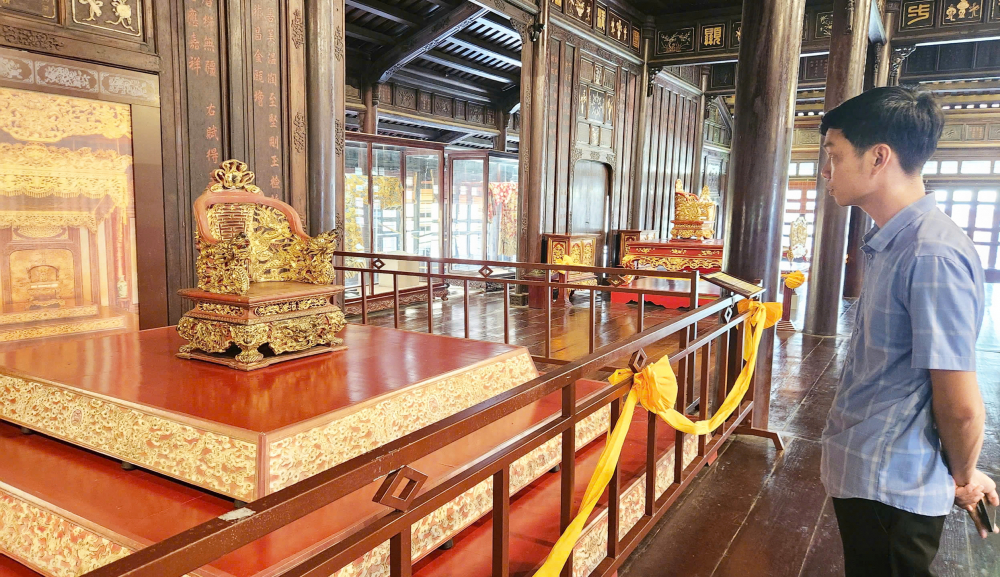
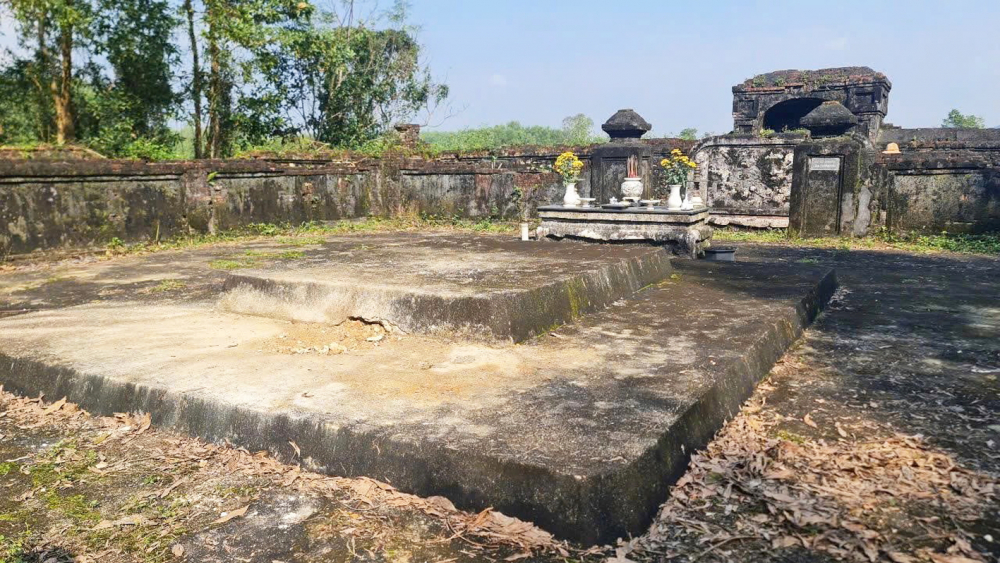

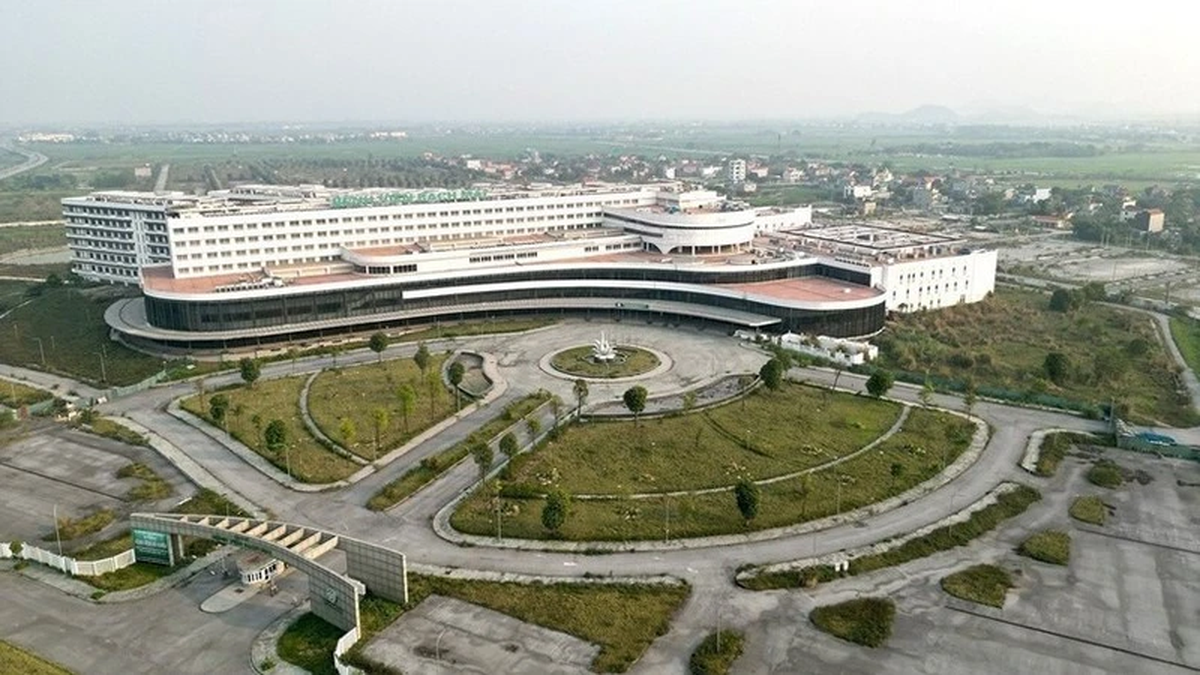

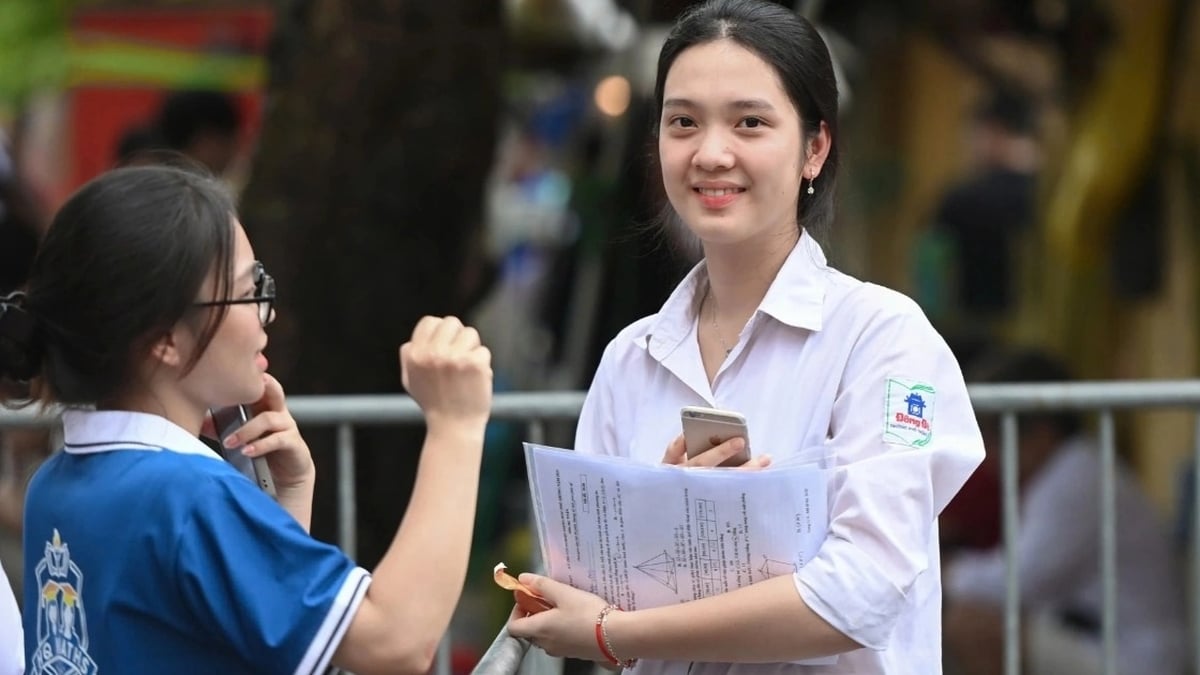
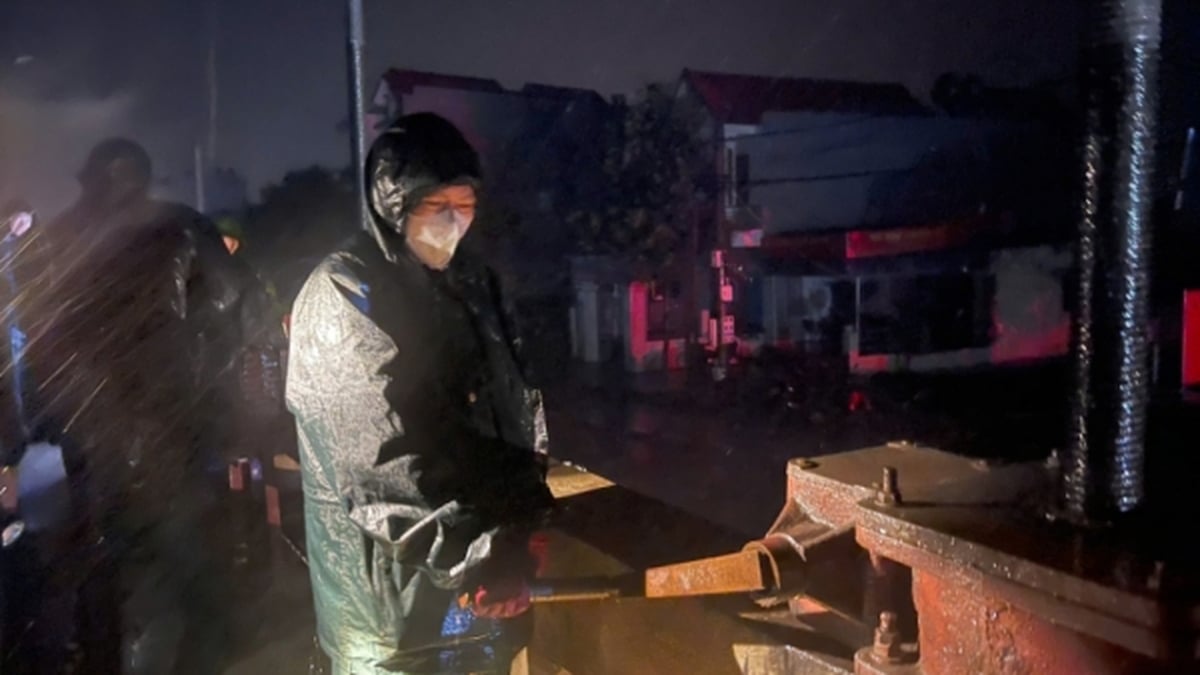



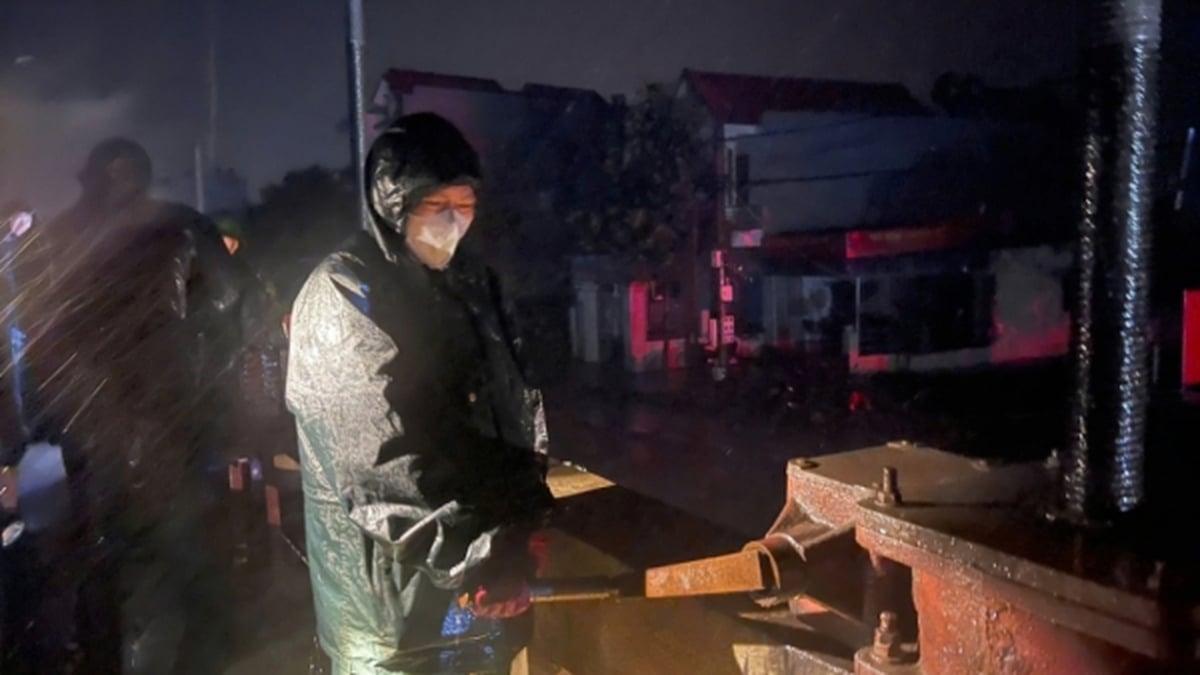














![[Photo] National Assembly Chairman Tran Thanh Man visits Vietnamese Heroic Mother Ta Thi Tran](https://vphoto.vietnam.vn/thumb/1200x675/vietnam/resource/IMAGE/2025/7/20/765c0bd057dd44ad83ab89fe0255b783)









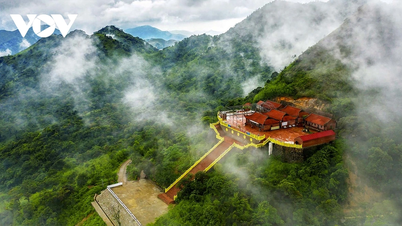



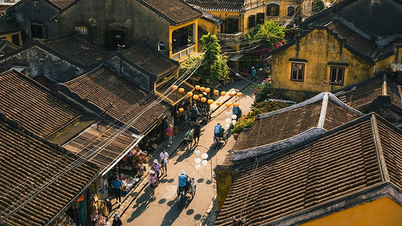













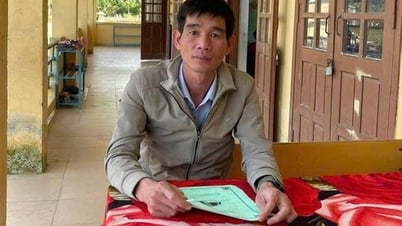




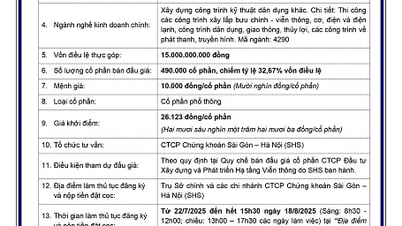







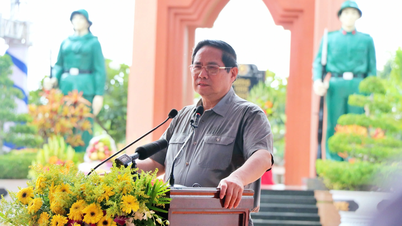













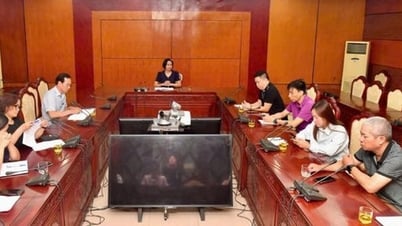


















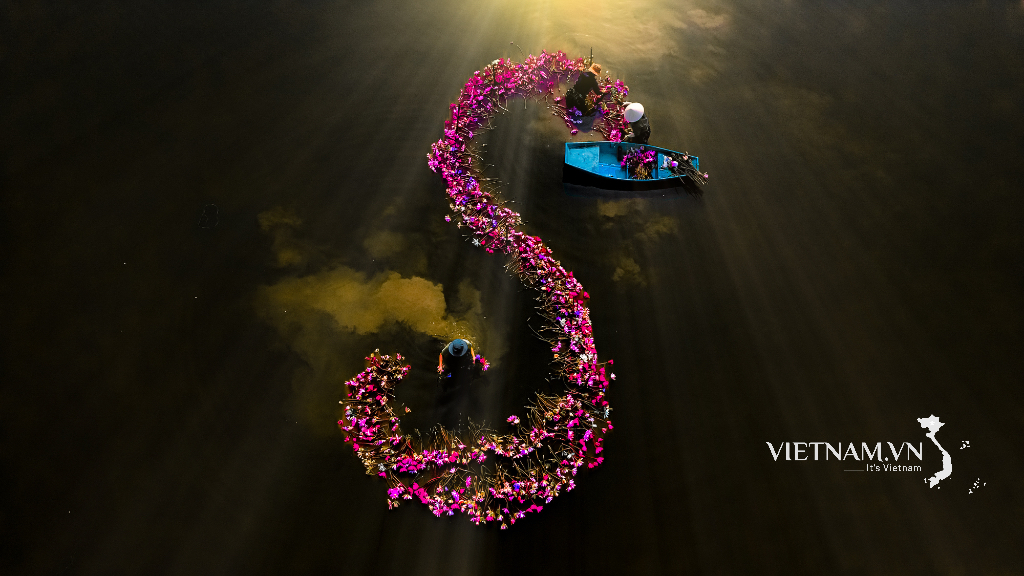

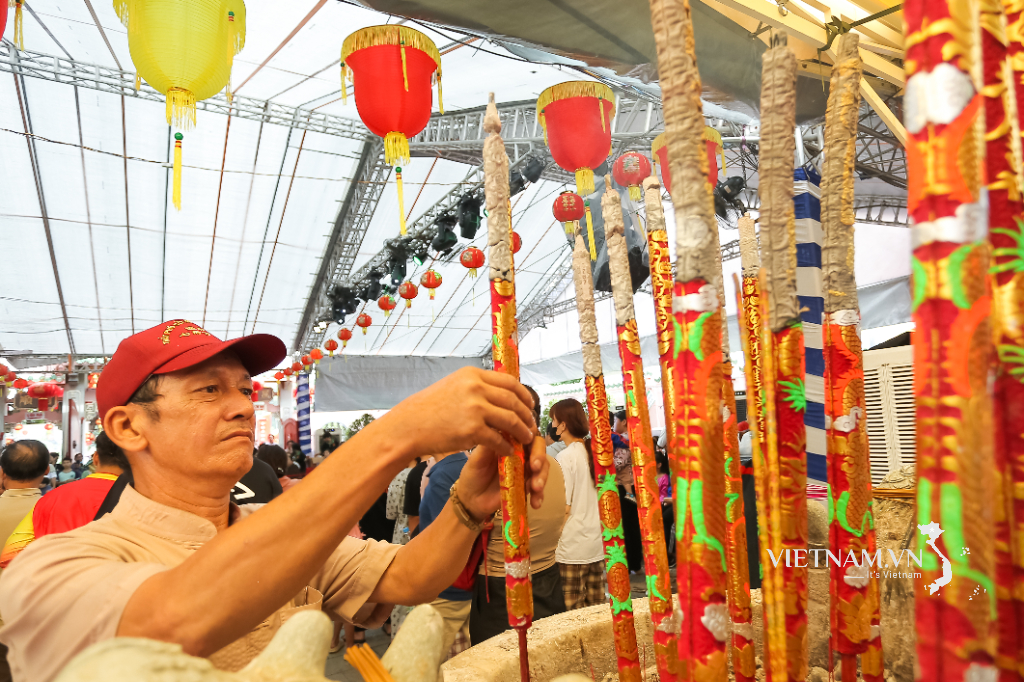
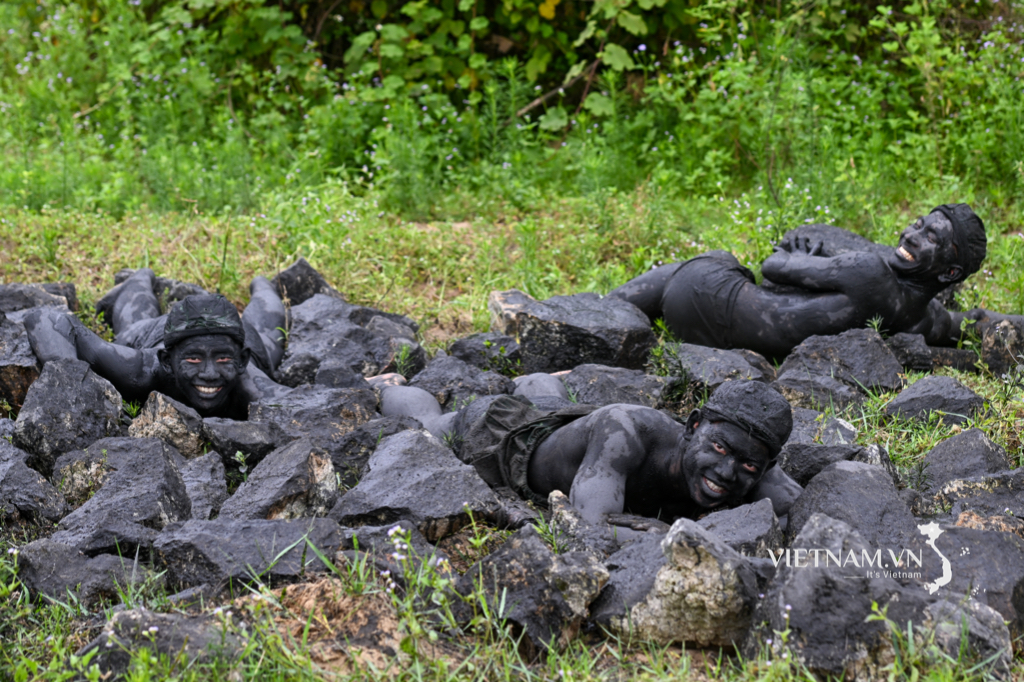
Comment (0)